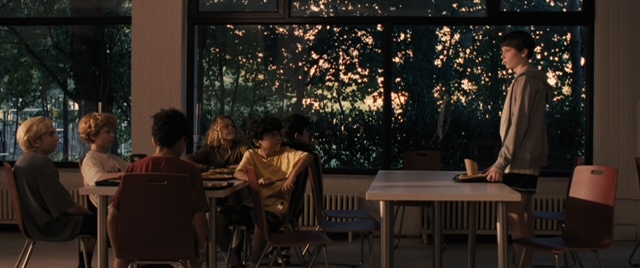Breaking down a script or scene into beats is one of the early techniques taught to actors when scoring a script. Beat changes are often heralded by a character’s change of tactic, or by new information being revealed in the scene. While scripts occasionally will indicate when to take a beat, it’s rare. Even then, not every beat shift will be in the text. Most actors learn to recognize beats with practice. Some will be intuitive — a concrete change of strategy with clear motivation. But what about the others? What about when you can tell the energy of the scene changes, but you can’t pinpoint where? Or, when your character jumps to a new topic or tactic and you’re not sure why? Here are some things to consider when you’re trying to shift beats.
Key insights
- Beat changes often stem from a concrete shift in tactic or new information, but many are felt rather than explicitly written.
- Pinpointing why a beat shifts (failed tactics, new needs, or changing dynamics) provides the roadmap for how to play it.
- Rehearsal tools like step-by-step mental mapping and improvisation reveal the hidden leaps between lines and make shifts feel organic.
Define why the beat is shifting. Once you know where the beat shifts are for your character, getting specific about how and why is going to fill in the roadmap for the scene. Did your character get new information that forces them to change tactics? Are they switching gears because their current tactic is failing? Did a new character enter the scene and change the dynamics at play? If you’re floundering, trying to figure out what your new tactic is, go back to what your character needs from the other person or people in the scene. Now, how are they going to get it? Choose active words that mean something to you. Remember, no one will necessarily see your actor’s homework, so choose the tools that work for you.
Retrace your steps. If you just can’t figure out why your character would use a new tactic, go back to the previous beat. Why did what they were trying before fail? How would a new tactic support achieving their goal?
Clear up the action of the scene. If you’re unclear about the action of the scene — the core of what is happening, what it means in the greater story arc, and how your character’s objective is tied into it — it is going to be difficult to get specific on the nitty gritty of beat shifts. If you can recontextualize the scene, does the shifting beat click into place?
Go back to the text. If you feel like you’re shoehorning a beat shift into place, maybe it just isn’t supported by the text. Comb through the script as a whole, and make sure your choices are aligning with the character as written, not as you wish they were. There may be some hidden gems that will help you gain a new perspective.
Build it step by step. Sometimes, if you just can’t figure out how you jump from one line to the next, you need to break down your character’s mental shift, piece by piece. Walk your way through associations, always going back to your objective. Journal out your characters’ inner monologue. Try a few paths until you find the mental leap that feels right.
Improvise! (On your own time.) Improvising the scene can be a great rehearsal tool, quickly clarifying your understanding of the progression of the scene and your character’s point of view. Sometimes getting out of your head is the best way to allow the story to unfold organically.
Beat shifts are one of those building blocks of acting that make a performance look effortless when done right, and ring hollow when left untended. Some days they’ll leap intuitively off the page. But for those other days, when you’re pulling your hair out and questioning all your choices, diving back into the trenches of script scoring is worth the time it takes to get it right.
Key takeaways
- Always ask what your character needs at each moment and choose active, specific tactics that pursue that need.
- When a beat feels unclear, go back to the previous beat and the scene’s core action to see what forced the change.
- Test choices against the text—use journaling and improv to find honest mental transitions, but discard shifts that aren’t supported by the script.
You may also like:














